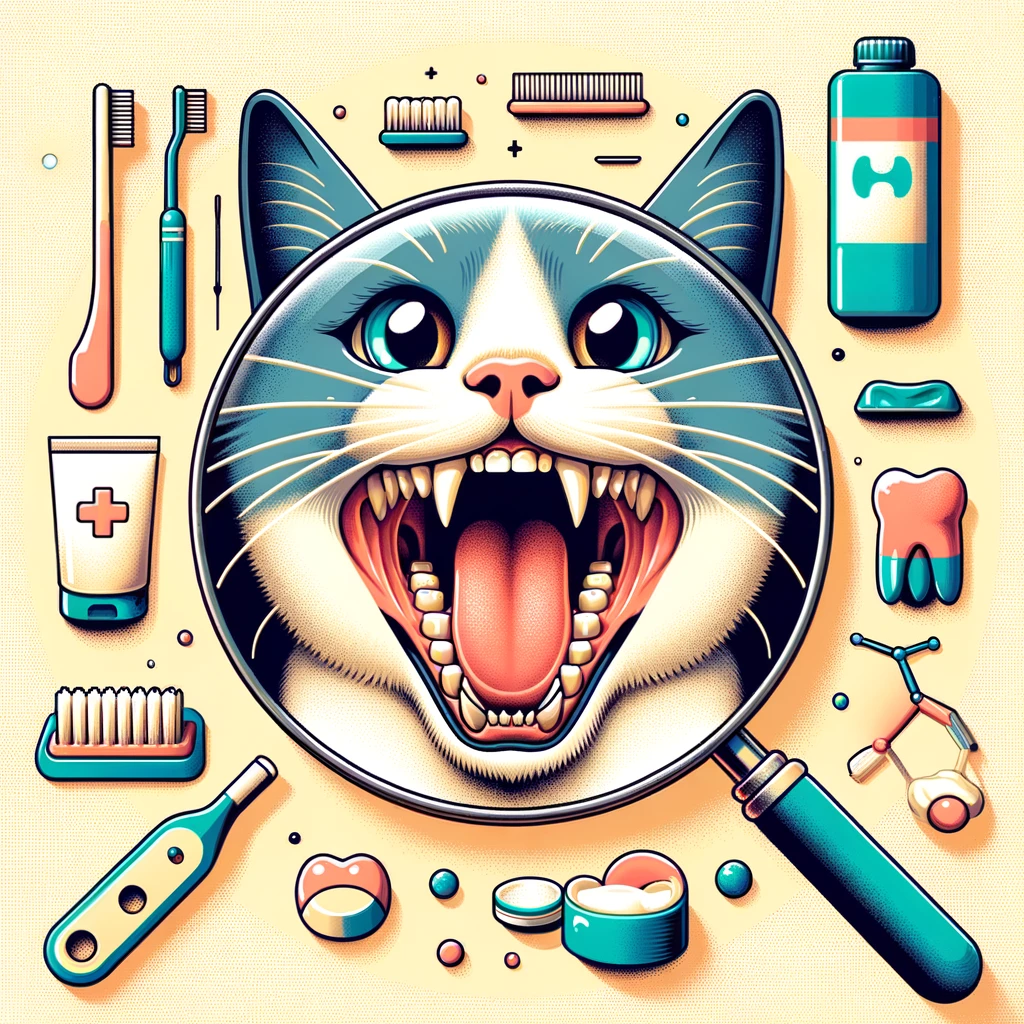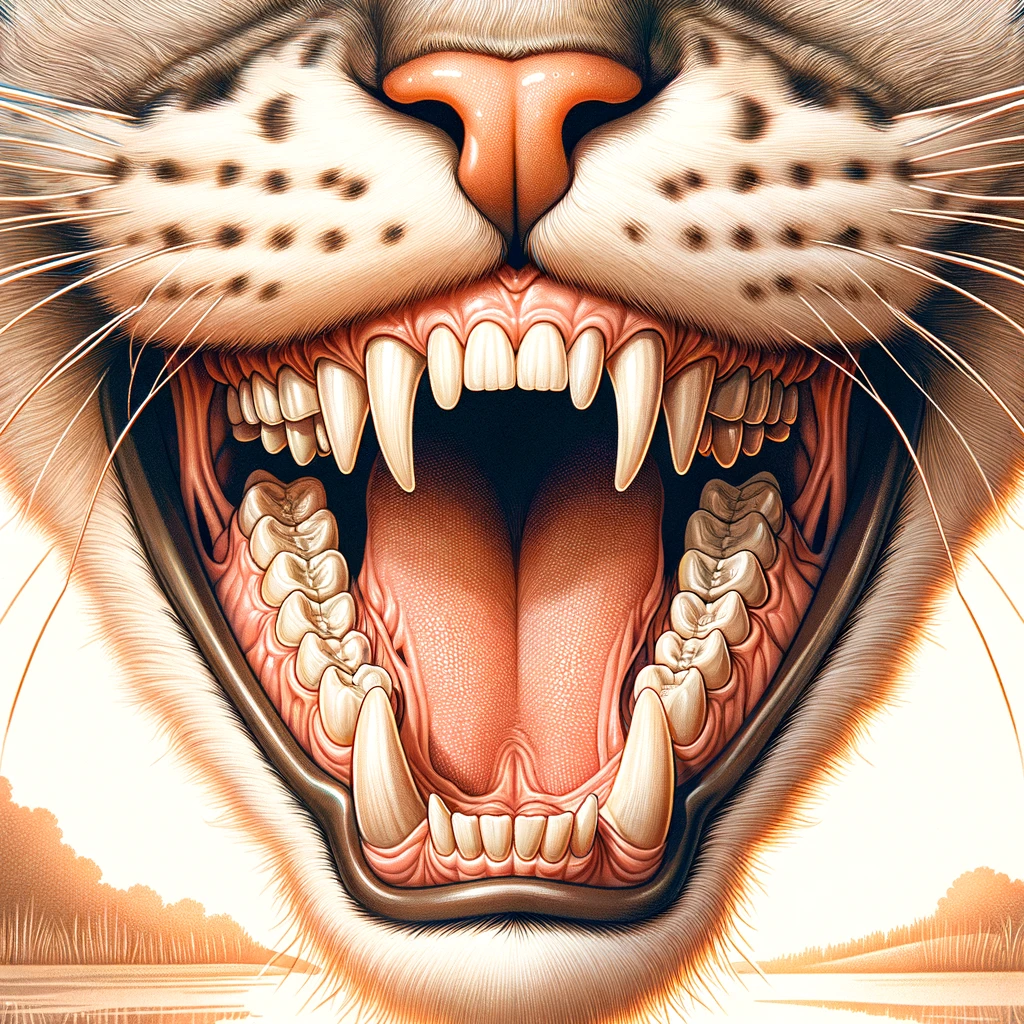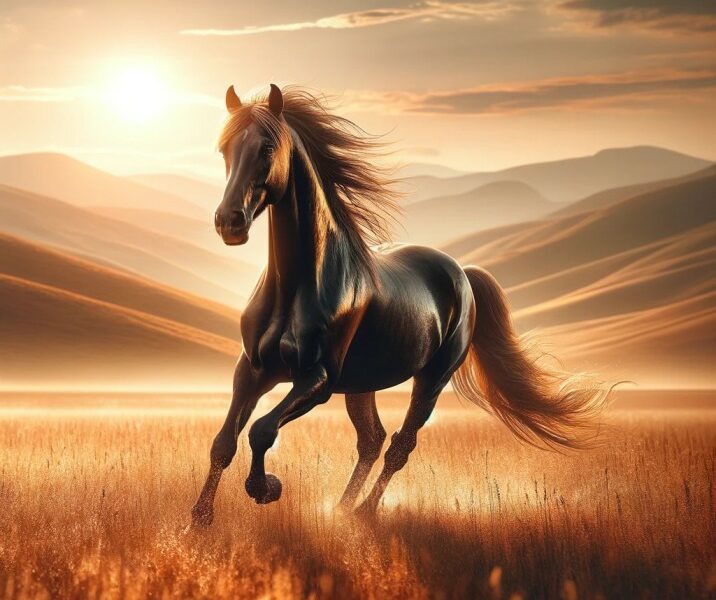When it comes to our feline friends, we often marvel at their agility, the softness of their fur, and their enigmatic personalities. But how often do we consider the intricacies of their dental anatomy? An essential aspect of their overall health, a cat’s teeth play a crucial role not just in their ability to enjoy their meals but also in their natural behaviors. So, how many teeth do cats have? Let’s dive into the fascinating world of feline dental structure to uncover this and more.
A Glimpse into the Feline Mouth

Adult cats boast a total of 30 teeth, a number that might surprise many pet owners accustomed to the human count of 32. This dental array is the result of millions of years of evolution, finely tuning the cat’s mouth for the tasks of biting, tearing, and chewing. Each tooth has a specific role, contributing to the cat’s prowess as a predator and aiding in its survival.
The feline dental formula, akin to a biological equation, breaks down as follows: 2 (I 3/3 C 1/1 P 3/2 M 1/1). This formula represents the upper and lower jaws (noted by the division in the equation), with ‘I’ standing for incisors, ‘C’ for canines, ‘P’ for premolars, and ‘M’ for molars. The numbers following each letter indicate the quantity of each tooth type on one side of the mouth. Hence, a cat has 12 incisors, 4 canines, 10 premolars, and 4 molars. The absence of a few teeth types, compared to humans, reflects their carnivorous diet, requiring less emphasis on plant material processing which necessitates more molars.
The Role of Each Tooth
- Incisors: These small, sharp teeth are the front-most in the cat’s mouth. Cats use their incisors primarily for grooming, nibbling fur and skin, and removing fleas.
- Canines: Perhaps the most recognizable, the long, pointed canines are designed for holding prey and delivering a fatal bite. They are the cat’s primary weapons.
- Premolars and Molars: Situated towards the back of the mouth, these teeth are used for shearing and breaking down food into manageable pieces. Unlike omnivores, cats have fewer molars, as their diet does not require grinding plant material.
Dental Development in Cats
Kittens are born toothless, with their first set of teeth, the deciduous or baby teeth, appearing within the first few weeks of life. A kitten will develop 26 baby teeth, which are eventually replaced by their 30 permanent adult counterparts starting around three to four months of age. This process is usually complete by the time they reach six to seven months, leaving them with a full set of adult teeth.
The Importance of Dental Health
Dental health is paramount for cats, as issues can lead to discomfort, difficulty eating, and other health complications. Periodontal disease is a common ailment in cats, often resulting from plaque buildup. Regular veterinary check-ups, including dental exams, are vital to prevent and address these issues. Additionally, pet owners can support their cat’s dental health through special diets, dental chews, or even brushing their teeth, though the latter might require patience and training for both the pet and the owner.
A Reflection on Evolution and Domestication
The journey from wildness to domestic bliss is a fascinating tale of evolution and adaptation. As we explore the domestication of cats, it’s intriguing to consider how these solitary hunters became our beloved household companions. This transition speaks volumes about both species’ adaptability. Originally, cats were valued for their prowess in controlling pests, a trait that initiated a symbiotic relationship with humans. Over time, this relationship deepened, leading to selective breeding that emphasized traits desirable to humans, such as sociability and tameness.
However, despite centuries of domestication, cats retain much of their wild ancestry in their physical and behavioral traits. Their hunting instinct, territorial behavior, and even their dental anatomy with 30 sharp teeth mirror their wild counterparts. This enduring link to their past highlights the balance between nature and nurture, reminding us that while domestication has shaped cats into the pets we adore today, the echoes of their wild origins remain ever-present, a testament to the complex process of evolution and the enduring bond between humans and animals.


